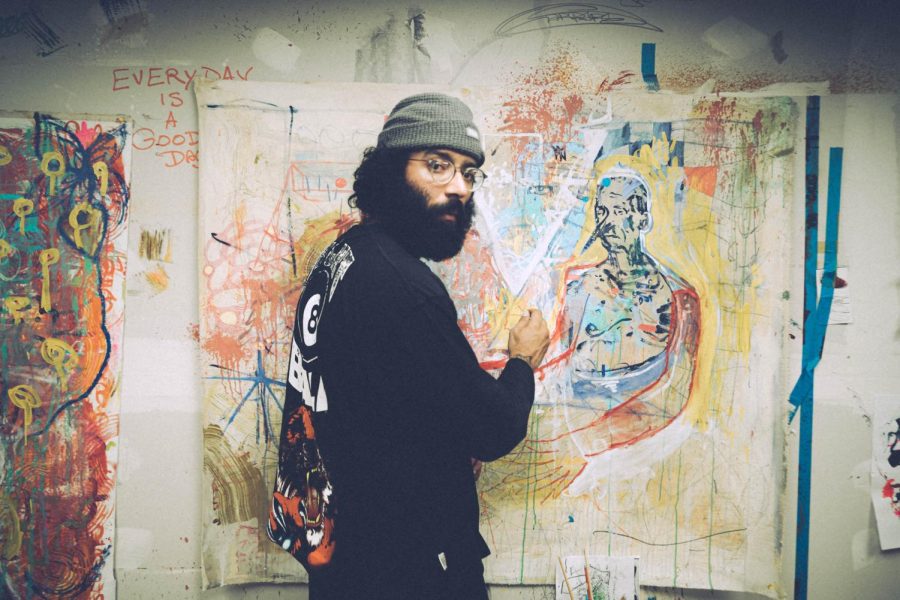The Artwork is Not a Copy, Right?
March 29, 2023
We’ve seen a rise in artificial intelligence (AI) like never before. The chat-bot website that hosts OpenAI’s Chat Generative Pre-transformer (ChatGPT), which returns a realistic answer to a user-inputted question, saw a million users in its five days– such exponential growth has never been seen before in the internet’s history. Yet, these services have led to growing concerns among people in the creative community, notably artists. Seeing their profession and hobby taken away slowly, artists and other creative media professionals have launched multiple lawsuits against the AI program’s software developers. With how AI-generated artwork is made by adding and subtracting artwork elements from other sources, I believe the generated artwork breaks established copyright laws.
The nature of copyright itself is a gray area. The AI program’s creators cite the “fair use” clause defined initially in Sec. 107 of the Copyright Act of 1976. This act mentions how a work derived from copyrighted works doesn’t violate the copyright if the work is used for “criticism, comment, news reporting, teaching, scholarship, or research.” Under this definition, AI programs under a research phase, like OpenAI’s artwork bot DALL-E, which can generate new artwork with text input, fall under fair use since the developed work is used to research how AI can input and output some sort of human context. If the artwork results from a research bot’s attempt at taking human context and making art, it is under fair use and doesn’t violate copyright law. However, the main problem is that OpenAI itself, with its immense financial resources, cannot be bothered to ask the art platforms or other image sites for permission. Even if it falls under fair use, it is unethical for both the artists and the program’s creators. Although research bots do fall under fair use, the lack of granted permission for the training base violates the standard artist license many artists use, a giant middle finger to many smaller artists.
However, the artists suing the creators didn’t cite the Copyright Act of 1976 but instead the Digital Millennium Copyright Act (DMCA,) which de facto amends the already-mentioned fair use clause. Sec. 1201 of the DMCA claims that a person or entity cannot “circumvent a technological measure that effectively controls access to a work protected under the title.” Under this new definition, any technological circumvention that unscrambles, decrypts, bypasses, removes, deactivates, restricts, or impairs a copyrighted work violates the artist’s copyright for the artwork. This is precisely what art bots do, as their work is based on combining and scrambling various artists’ work into a new one. Given how DMCA comments explicitly on how rescrambling and recombining multiple elements of different sources into one violates the artists’ copyright, this is the best legal evidence for why the generated artwork breaks copyright policy. Not only is it directly stated in the law that it explicitly violates copyright law, but the entire DMCA is supposed to be an amendment to the earlier Copyright Act, which the AI’s creators use as a legal defense. It’s not fair use if the amended law explicitly states that the method of generating new artwork is non-copyrightable.
With companies developing more and more AI programs, it’s remarkable how popular they have been with the public due to their ease of use and efficiency. The artwork bots, like DALL-E, are beginning to show similar traits to the artists’ work, which violates copyright policy. Although there is some reasonable clause for fair use during the artwork bots’ research phase, any artwork generated will help the creators refine the final art’s algorithm. Currently, the generated outputs these bots give violate copyright law. They break the copyright law because of Sec.1201 of the DMCA, where the law prevents any technology from combining other copyrighted works and releasing it as their own, and the Copyright Act of 1976, where the new artwork violates the fair use clause. Because of these violations, AI-generated artwork breaks copyright law.
Photo courtesy of UNSPLASH.COM

